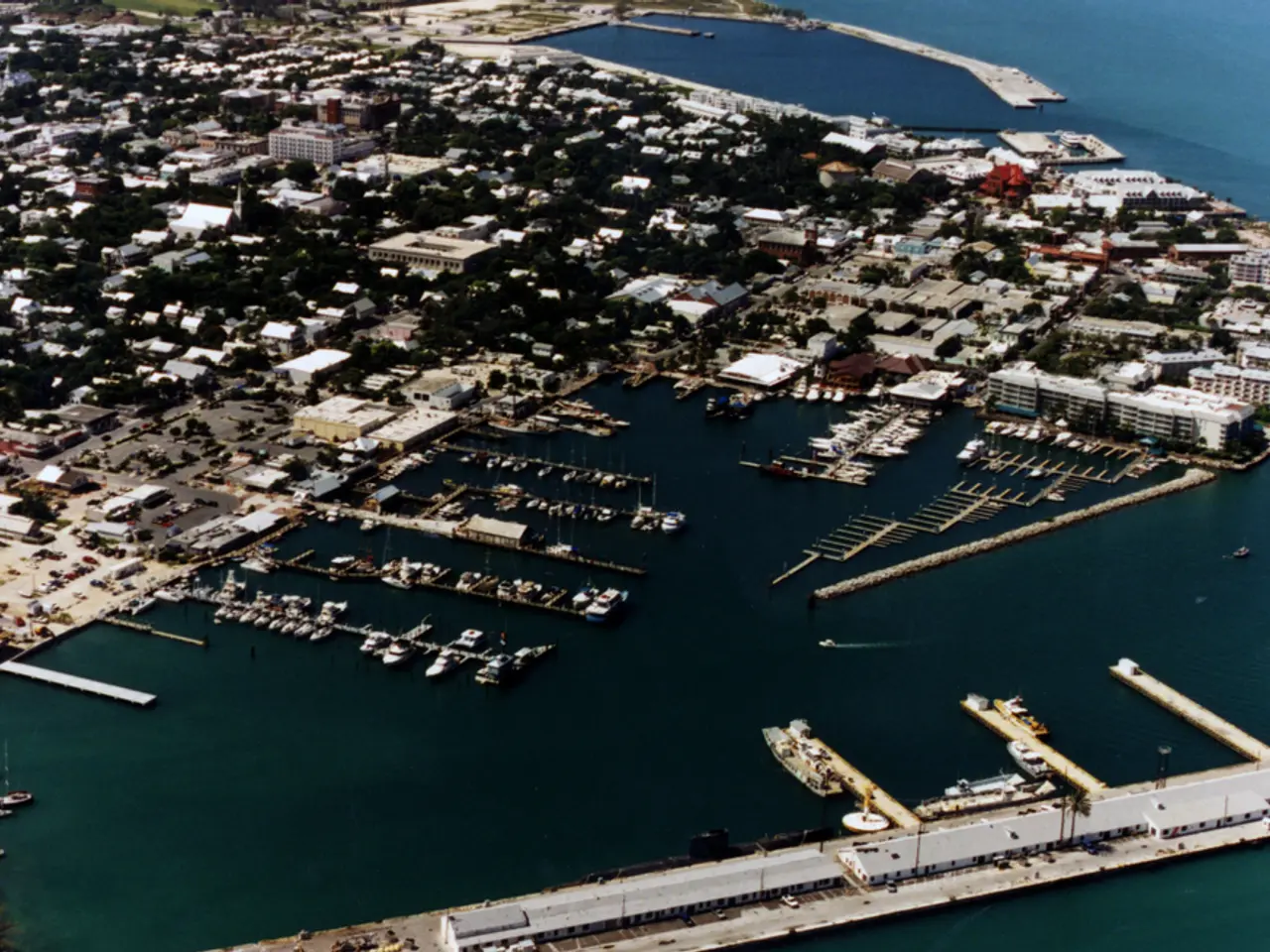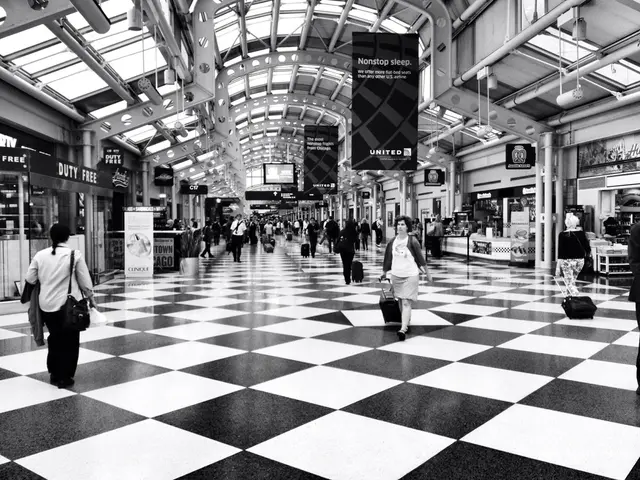Uncovering the 'Uncharted' Regions of Hamburg: A Journey into the Unexplored Areas of the City
In the heart of Germany lies Hamburg, a city that has undergone a remarkable transformation, particularly in the district of HafenCity. This significant urban development project, officially launched in 2008, expanded Hamburg’s downtown by approximately 40%, making it one of Europe's largest inner-city development projects[1][3].
HafenCity's roots trace back to the island of Grasbrook, once part of Hamburg’s old port area. Historically, the area was home to the Speicherstadt, a vast warehouse district built between 1883 and 1927, renowned for its distinctive red-brick architecture and canal networks[1][2][3]. Despite suffering severe damage during World War II and experiencing decline during the Cold War, HafenCity's rich history has been preserved and integrated into the city's modern landscape.
One of the most notable additions to HafenCity is the Elbphilharmonie, a striking concert hall, hotel, and apartment complex that serves as a cultural symbol and major attraction. This landmark has significantly enhanced Hamburg’s status as a cultural hub[3]. Alongside the Elbphilharmonie, the historic Speicherstadt warehouses now house museums such as the International Maritime Museum and the popular Miniatur Wunderland, attracting millions of visitors annually[1][2].
The revitalization of HafenCity has not only preserved Hamburg’s architectural heritage but also introduced modern architecture and urban design. Projects like the award-winning Elevendecks and the Überseequartier shopping and event area have contributed to economic growth and tourism[4].
HafenCity represents a major urban regeneration effort, transforming former industrial harbor land into a vibrant mixed-use district with residential, cultural, commercial, and recreational spaces[1][3]. By reestablishing Hamburg as a leading trade and cultural center, the project has adapted the city to changes in shipping technology and urban needs while expanding public access to the waterfront[1][4].
Beyond HafenCity, Hamburg boasts a rich history and unique charm. The city was once the world’s third-largest seaport a century ago[1]. Today, it is home to nearly 2,500 bridges, and the delightful lakes - Aussenalster and Binnenalster - created in the Middle Ages, offer peaceful paths and bike lanes loved by locals[1].
The city's past is not forgotten, with many WWII-era bunkers incorporated into the cityscape, such as the one in Florapark, transformed into a climbing wall covered with street art[2]. The ruins of St. Nicholas' Church, which survived the bombing during World War II, serve as a memorial to commemorate those lost in the war[1].
In summary, HafenCity's history as a former port and warehouse area, combined with its extensive redevelopment since 2008, has been pivotal in Hamburg’s revitalization. It has preserved key historical landmarks, introduced cutting-edge architecture and cultural venues, boosted commerce and tourism, and significantly expanded the city’s downtown area, marking it as a transformative project for Hamburg’s 21st-century development[1][2][3][4]. As a result, Hamburg continues to thrive, offering visitors and residents a unique blend of history, culture, and modernity.
- The Elbphilharmonie, a cultural symbol and major attraction in Hamburg's HafenCity district, has played a significant role in enhancing the city's status as an entertainment hub.
- Amidst the modern urban landscape of HafenCity, the historic Speicherstadt warehouses serve as reminders of the past and provide insight into war-and-conflicts history, hosting museums like the International Maritime Museum.
3.HafenCity's transformation has not only reshaped Hamburg's politics and general-news, but it has also impacted its lifestyle and travel opportunities, as it has expanded the city's downtown area and made it more accessible to tourists and residents alike.





